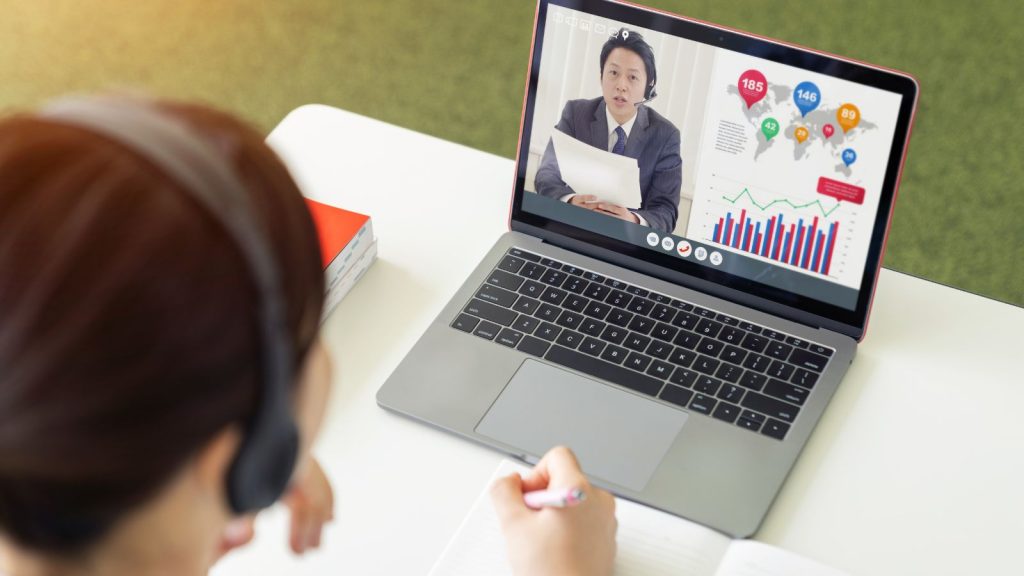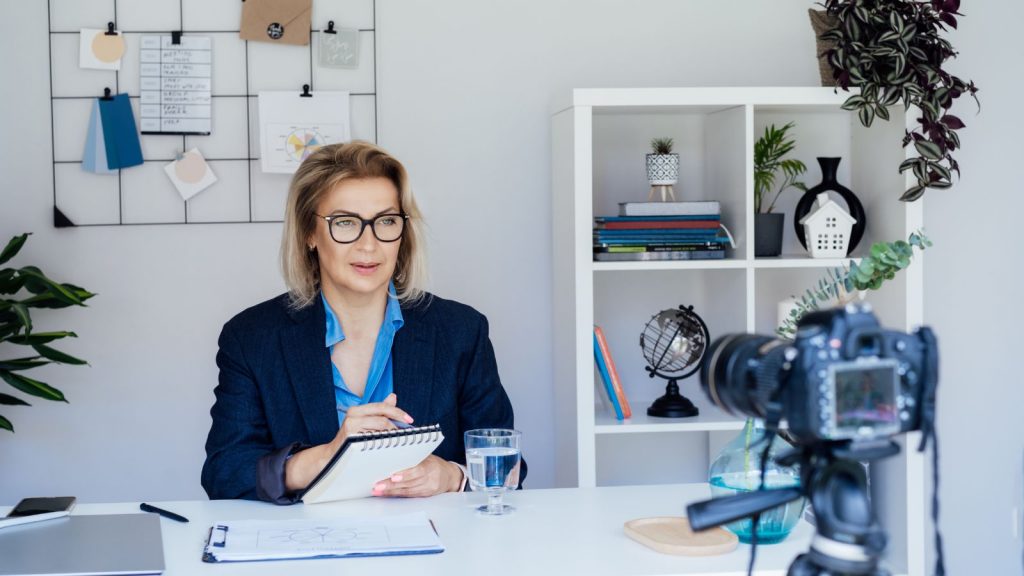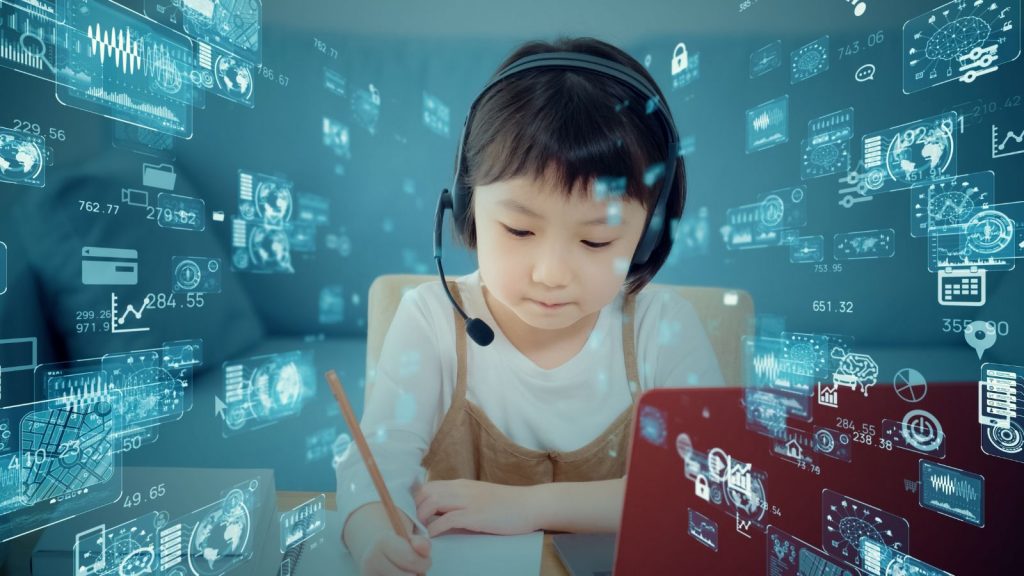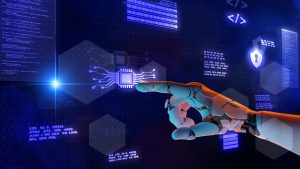In today’s digital culture, it is tightly unlikely for a person to be relevant if they are not thoroughly updated. However, this fact is important for today’s younger generation, as they are about to step into a realm that is covered with robotics and various digital tools. The government of Singapore and the officials of the Singapore MOE (Ministry of Education) have identified this vitality and have taken some powerful steps to fill the gaps in their education system. EdTech Masterplan 2030 is all about preparing younger generations for a digitalised future through the education ecosystem.
In this article, we will explore this EdTech MOE Singapore mechanism and how Singapore plans ahead of it.
We will reveal
What is the EdTech MOE Masterplan 2030?

- The MOE has embarked on a transformative journey with the launch of the ‘Transforming Education through Technology’ Masterplan 2030, which is commonly known as the EdTech Masterplan 2030.
- This visionary initiative aims to gather the full potential of technology in education in the first place. It also offers a roadmap for schools to enhance teaching and learning experiences.
- If we fly back in time, we see the initial foundations were laid by the previous 2020 EdTech Plan and ICT Masterplans. The new EdTech Masterplan 2030 recognises the evolving educational landscape, particularly after the COVID-19 pandemic.
- We all know that in this post-pandemic era, technology has emerged as a critical facilitator of learning around the world. Not going blindly requires a comprehensive strategy to extract its benefits effectively.
- This is why the EdTech Masterplan 2030 has been designed and developed to back up a future where learning is profoundly transformed by technology. The first step towards this success is equipping students with the necessary skills and competencies to thrive in an increasingly digital world.
- Bearing a strong vision of ‘technology-transformed learning to prepare students for a technology-transformed world,’ MOE Singapore expects that this master plan sets forth ambitious goals to shape the future of education.
- This practice and knowledge are what are required for the future generations of Singapore to be successful in the 21st century.
Strategies that are Being Implemented to Empower EdTech Masterplan

Enhancing Customisation for Student Learning
As the first strategic approach, the Singapore Ministry of Education has taken the necessary steps to enhance customisation for student learning. Let us explain how this mechanism works.
One key approach is the implementation of AI-enabled features within the Singapore Student Learning Space (SLS), such as the Adaptive Learning System. The latter offers tailored learning pathways specifically developed for individual student needs.
Also, it is visible that the SLS offers a diverse range of learning resources, which establishes finer customisation and supports self-directed learning initiatives.
Furthermore, MOE provides digital tools and platforms to augment feedback and assessment processes. These include AI-enabled tools like Learning Feedback Assistants. The reason to initiate them is to offer immediate and personalised feedback to students.
The sole purpose of the Singapore MOE is to optimise learning experiences through a personalised approach. This ensures each student receives tailored support and opportunities for growth within the educational system.
Yes, each student is unique, and this novel learning experience is exactly what the education system requires to protect that uniqueness.
Strengthening Digital Literacy of Students and Technological Skills
As part of the EdTech Masterplan 2030, the Singapore education authorities have shifted their focus to strengthening the digital literacy and technological skills of students, aiming to prepare them for a digitalised future. The initial steps have already been taken; let us explain what they are.
According to the MOE official website, this approach includes enhancing the development of students’ digital literacy and technological skills, with a focus on deepening understanding through the ‘Find, Think, Apply, Create’ framework supplemented by the Nine Digital Competencies.
In one way, MOE has established a wide range of self-paced lessons on digital literacy and technological skills, starting with AI literacy, hosted on the SLS, as we mentioned in the above section.
In another way, the ministry aims to reinforce cyber wellness. This will be possible by incorporating it into the character and citizenship education curriculum. This is the basis for cultivating good digital habits among students.
As you can see, when putting together these coordinated efforts, MOE wishes to provide students with the skills they require to succeed in a society that is becoming more and more digitally literate. Plus, they try to produce a generation that knows how to use technology sensibly and productively for both academic and personal development.
Empowering Students' 21CC Development
Have you ever heard of this 21CC development plan? Most probably not!
Let us elaborate on this a bit more for your convenience.
As an integral component of the EdTech Masterplan 2030, they have decided to empower students’ 21st century competencies (known as 21CC) development through innovative technological integration.
As we all can see, these new-age competencies are the ones that bring a nation up on the world map of economic development. This is why Singapore MOE has initialised this at the grassroots level, which is the school.
How can this be done? MOE plans to use technology to augment students’ acquisition of 21CC by scaling school programs. This varies from various digitally backed-up initiatives, which need technology to cultivate skills like critical thinking, creativity, and collaboration.
Also, a concerted effort is being made to include 21CC with more intentionality in the curriculum, promising that these abilities are methodically addressed and developed across a range of courses and learning opportunities.
For example, when leveraging technology in tandem with pedagogical strategies, MOE aims to equip students with the multifaceted skills and dispositions necessary to thrive in a rapidly evolving global landscape. This will prepare them to go beyond complexities, embrace innovation, and contribute meaningfully to society.
The main yet hidden target of this strategy is to build up a generation that is more agile in the ever-evolving technological world.
Establishing the Culture and Practice of Collaboration
Now we will focus on another part of the EdTech Masterplan 2030. Navigating through all the challenges, the authorities pay attention to establishing a culture and practice of collaboration among educators by using modern technology.
We know that lesson preparation takes more time and effort than teaching it to students. Is there any way to simplify this burden? MOE Singapore, in association with education experts, has found an ideal solution for this. Establishing a collaborative ecosystem for lesson preparation and delivery among the departments will enhance efficiency. This means easing the load of lesson preparation by promoting the sharing and modification of instructional resources throughout subject departments.
If they can create a culture of sharing, educators can tap into a collective pool of resources. Do you agree? The latter will reduce redundancy and enhance efficiency, for sure. In addition to this, MOE intends to establish the use of e-pedagogy within subject departments, encouraging educators to use digital tools and platforms to enhance teaching practices.
When it comes to the integration of e-pedagogy, educators can explore innovative teaching methodologies and employ technology to engage students more effectively.
Adopting e-pedagogy also encourages teachers to collaborate and share information, creating a community of practice focused on ongoing professional development.
This indicates that in the future, there will be one collective education framework for lesson planning and modifications.
Empowering Teachers with EdTech Practice
As one of the most important parts of this plan, MOE is urging teachers to empower themselves with enhanced technological proficiency and pedagogical practices.
The whole point of this strategy is to fill the gaps in the collaborative teaching and learning ecosystem, as we mentioned above.
This puts a greater emphasis on e-pedagogy and the integration of Educational Technology (EdTech) within both pre-service teacher training at the National Institute of Education (NIE) and in-service teacher professional development programmes.
MOE also aims to equip teachers with the necessary skills and knowledge to effectively leverage EdTech tools and platforms to enrich teaching and learning experiences.
As per the expectations of the government, MOE will provide resources and professional development opportunities for teachers to enhance their data literacy and cyber wellness awareness. This is to ensure they can navigate digital landscapes responsibly. The prime focus is to bring the whole education system up without missing anyone or any aspect.
According to the MOE resources, another good thing is that MOE is about to collaborate with the Centre of Teaching and Learning Excellence (CTLE) to establish partnerships aimed at studying and disseminating effective and innovative practices in EdTech integration.
As you can see, MOE seeks to empower teachers to embrace technology confidently through these comprehensive initiatives.
If this succeeds, no one in the education system will be left out without proper knowledge!
Preparing a Workforce from Grass Root Level for a Digital Future

It is not an easy task to prepare a whole generation for a massive shift like this. However, it is a wise decision by the Singapore MOE to initiate this plan, as their prime focus is to make a workforce ready for their future needs. School is the base for this, for sure. This plan will be highly successful if they associate with the right partners within Singapore, as such a transition should be implemented smoothly.






